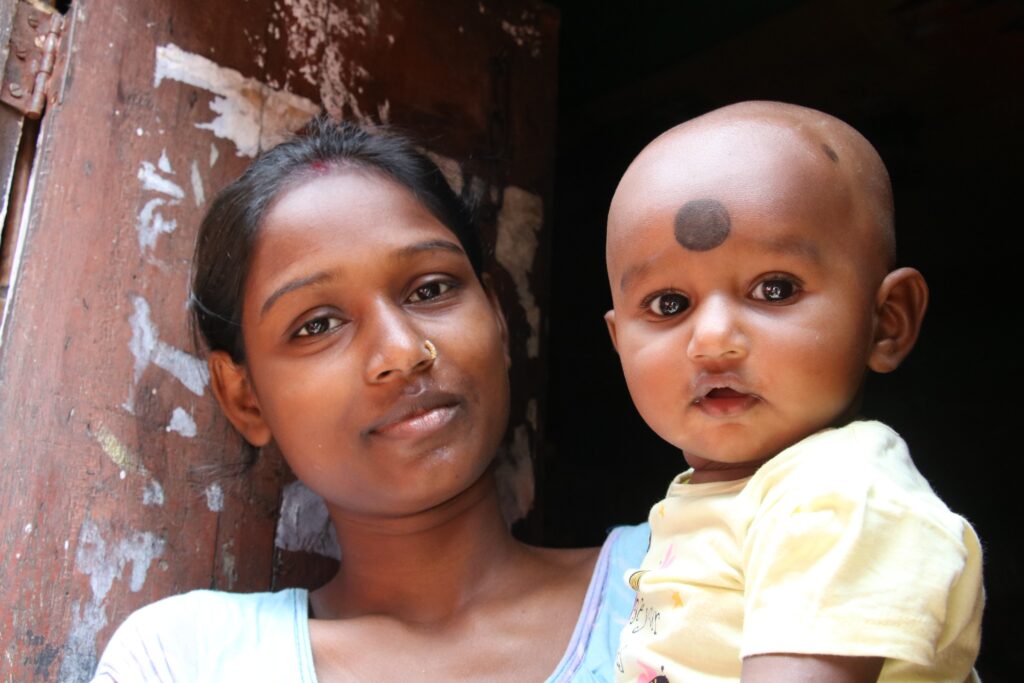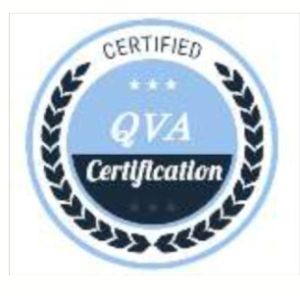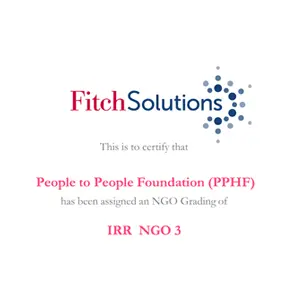Dr Antara Dhargupta and Dr Laxmikant Palo
India’s urban population has grown rapidly but their living conditions have not improved which amplified the burden of diseases in the urban slums. Poor access to water, sanitation, nutrition, health care services and socio-economic factors contributed to excess vulnerability and affects their health and wellbeing. All these factors are the outcomes of the poor status of anaemia in urban slums especially among women and children.
Women of the reproductive age group (WRA) have a higher risk of complications of anaemia especially during pregnancy and lactating period. Globally one-third of WRA suffers from anaemia. Niti Aayog also reported ‘Iron Deficiency Anaemia’ (IDA) causes a substantial physical and cognitive decline attributed to 1.18% GDP loss per annum in India. As per NFHS -5 prevalence of anaemia has increased from 62.2% to 70.8%. Anaemia in females of the reproductive age group is roughly twice that in men of a similar age group. Anaemia in pregnant and lactating mothers can lead to high maternal and perinatal mortality as well as various morbidities such as low birth weight, premature delivery, childhood malnutrition, infection, etc. This impaired development in turn causes a higher prevalence of infections and anaemia in children and adolescents.
Anaemia has adverse effects on children, especially in the first two years of life, such as behavioural delay, reduced cognitive development, low immunity and growth weight, fatigue, difficulty with concentration, lethargy, increased mortality, and susceptibility to infection. The National family health survey (NFHS-5) findings highlighted that 67.5% of children aged 6-59 months were anaemic in India and health and nutrition indicators in urban areas are as bad as those of their rural counterparts. Thus, anaemia invokes an inter-generational cycle of illness-causing a major public health problem. We know the essential package of interventions for addressing anaemia, however, the deeper issue of understanding and responding in low socio-economic urban slums gets often overlooked.
The three major causes of anaemia (iron deficiency, malaria and helminth infections) can be addressed by using a combination of key interventions:
- Improvements in dietary diversity
- Food fortification with iron
- Folic acid and other micronutrients
- Distribution of iron-containing supplements
- Control of infections and malaria. Scientific knowledge demonstrates that the burden of anaemia can be greatly reduced if cost-effective preventive and curative actions are effectively implemented.
The common causes of nutritional anaemia are:
- Low iron stores at birth due to anaemia in the mother
- Non-exclusive breastfeeding up to 6 months of age
- Too early introduction of inappropriate complementary food i.e., before completion of 6 months of age
- Late introduction of appropriate (iron-rich) complementary foods i.e., later than the completion of 6 months of age
- Insufficient quantity of iron and iron enhancers in diet (foods rich in Vitamin C) and low availability of dietary iron (especially from a vegetarian diet)
- Iron loss due to parasite load (e.g., malaria, intestinal worms)
- Poor environmental sanitation, unsafe drinking water and inadequate personal hygiene lead to frequent illnesses.
Drawing on the knowledge and practical experience of our urban health and nutrition programs, we have been experiencing progression in the prevention and control of anaemia in urban slums. Our urban health and nutrition program baseline and qualitative assessments indicate that the majority of them were suffering from mild to moderate anaemia. Recently, the haemoglobin level was tested for 118 mothers of under 5 years children in a slum of Kolkata, which indicates that 14.4% of mothers were suffering from mild anaemia (Hb level 11.0-11.9g/dl), 43.2% of mothers were suffering in moderate anaemia (8.0-10.9g/dl) and 12.7% mothers were severe anaemic (Hb level >8hm/dl). These mothers were undergone through the dietary counselling process.
These levels indicate that anaemia in urban slums is of serious concern. Five key drivers to prevent and control anaemia in urban slums with a special focus on iron deficiency anaemia works:
Driver 1: Household listing and tracking through a digital platform for monitoring and facilitating timely service response- An Android phone-supported digital MIS application is developed to create the beneficiary database and keep track of beneficiaries and monitoring activities.
Driver 2: Coordination and prioritization in terms of developing mechanisms for cross-departmental working at the community level with key stakeholders such as ICDS, health and municipality corporations. Community-level convergent resources & activities of different Government departments to improve nutrition with special attention on anaemia. Linkages with social safety net programs and entitlements for increased food and nutrition security in households.
Driver 3: Community Engagement-Sensitize the community about the seriousness of the problem and how it impacts their daily lives and children and identify and engage community champions. Increase local involvement, particularly in planning, monitoring and supporting essential services and behaviour change efforts on anaemia.
Driver 4: Moving efforts towards the household-bring nutrition services and support closer to mothers and children to ensure coverage and impact- one champion in each house– mother, mother-in-law, adolescent girls, and any decision-makers in the household. Build greater awareness at household & community levels. Targeted communication interventions e.g., IEC material, peer-to-peer networks, positive deviants as change agents and family support groups, etc. in a planned campaign mode to influence behaviours to work in urban slums.
Driver 5: Focus on measurement for results – Mechanisms for community-level Nutrition monitoring and surveillance are fundamental. Better interdepartmental coordination and streamlining of the reporting system and app-based household monitoring system with community engagement for monitoring enhances the effectiveness of the program.
A long-term strategy to engage women in livelihood programs for improved decision-making capacity of women within the family. Shifting family diets towards the consumption of more nutritious food in terms of their caloric, protein, or micronutrient contents is critical. Addressing the anaemia among women under child bearing age group and children in urban slums is the responsibility of multiple actors. Unless the social, economic, and environmental factors are addressed in a holistic and coordinated manner, meaningful progress may not be possible in improving the nutrition status of the urban poor. The urban poor should be adequately empowered as a family to uptake primary health care and nutrition services and adopt practices.






